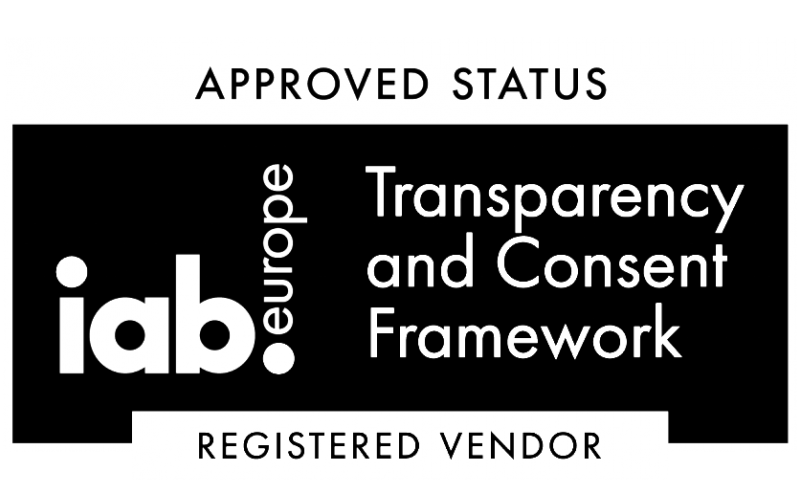Integrating UG Content into Your 2025 Strategy

Social platforms have brought uncountable benefits to the corporate world, such as building a safe space for enterprises to communicate with their audiences or encouraging the consumer’s feedback to the content. However, social media also has a darker face: misinformation and deceiving. In a world overflowed with information, consumers are searching for authenticity and relatability, things which can be both provided by User Generated Content (UGC).
Definition of User Generated Content
UGC describes any type of content created by users instead of brands which is often shared on social media platforms, offering a real insight into the product. According to an “Everyone Social” report, 93% of customers believe it is very helpful when making a purchasing decision.
UG content is also key for brands thanks to its ability to bring realness and trust into the picture, something traditional ads can’t offer. Following the mentioned report, UGC content has a 28% higher engagement rate than traditional branded content.
On the other hand, it empowers consumers by giving them a voice and a stake in the brand story. Enterprises can resort to UG content to build trust among new users as it promotes your brand for free.
Who Creates the UG Content?
User-generated content is usually made by different groups of individuals who engage with and support a brand in various ways. Here are the most common:
Customers: who use your products and take to social platforms to share their experiences and opinions through diverse content, like unboxing videos or glowing reviews.
Brand loyalists: who often create content that showcases their deep affinity for your products. They’re a powerful force for word-to-mouth marketing and can be specifically targeted for campaigns.
Social media followers: this group may include both customers and fans who interact with your brand online. Their likes, shares, and comments extend your reach and visibility.
UGC creators: who specialize in making sponsored content that looks like genuine customer posts and it’s directly used on brand channels. Their content authentically showcases products without the need for personal profile exposure, which is what differentiates them from traditional influencers.
Why is UGC Important for Your Marketing Strategy?
Enhances authenticity and trust: user generated content helps potential customers compare your products or services with that of competitors.
Creates brand loyalty: UG content possesses the ability to make potential customers feel identified with your brand values.
Boosts engagement and interaction: user generated content plays a critical role in creating a community around a brand. Primarily because it fosters organic conversations and interaction. By featuring UGC, businesses not only add value for their users but also make them feel heard and a part of the brand’s journey.
Influence purchase decisions: a report by Adweek mentioned that 85% of users find visual UGC more influential than brand photos or videos.
Improves conversion rates: integrating UGC into your marketing strategy isn’t just about curating content but about crafting a narrative that resonates with your audience. Visual content adds to the trust, loyalty, and authenticity of the brands and helps in even better conversions.
How to Incorporate UGC into Your 2025 Marketing Strategy
Here’s some of the ways you can effectively incorporate user generated marketing campaigns into your digital strategy:
Identifying the right content for your brand: the first step is to identify UGC that aligns with your brand values and marketing objectives. Look for content that: reflects your brand’s message, resonates with your target audience, is high quality and visually appealing.
Permissions and copyrights: before using UGC, it’s crucial to understand the legal part. Always seek explicit permission from the original content creators, and provide credit wherever possible.
Integrating UGC across various platforms: once you have the right UGC and permissions, it’s time to strategically deploy it across your marketing channels.
Using UGC for Greater Engagement
User generated content can showcase customer feedback, increase engagement, and build a deeper connection with your audience when done well. To tap into the full potential of UGC, you need to encourage your audience to create and share content. Here’s how to do it:
Create engaging challenges or contests: host a themed contest that resonates with your audience, such as a photo or video challenge.
Feature and recognize contributors: actively share user-generated content on your official channels with proper credits. You may even create a dedicated hashtag for UGC submissions or highlight top creators monthly through different features.
Collaborate on co-creation: invite your audience to participate in decisions or creative processes. Showcase how their contributions impact your product or brand, creating a sense of ownership.
As a Final Point
In an era where consumers seek authenticity and genuine connections, user-generated content has emerged as a powerful marketing tool that benefits both businesses and their audiences. By fostering trust, boosting engagement, and empowering customers to share their voices, UGC provides an unparalleled opportunity for brands to build stronger relationships and stand out in a competitive market.
The key to leveraging UGC lies in encouraging its creation, respecting the contributors, and integrating it effectively into your marketing strategy. When done right, user-generated content doesn’t just showcase your product. It amplifies your brand story through the voices of those who matter most: your customers. Incorporate UGC into your 2025 marketing plans and witness how it transforms your brand into a community-driven, relatable, and trusted entity.
Stay tuned!

- Contacto DPO: privacy@telecoming.com
- Finalidad del tratamiento: suscripción al blog.
- Legitimación del contrato: consentimiento.
- Destinatario de cesiones o transferencias: no se efectúan transferencias de datos fuera de la UE.
- Derechos de las personas interesadas: acceso, rectificación, supresión, oposición, limitación del tratamiento, portabilidad de los datos e interposición de reclamación ante la AEPD.



